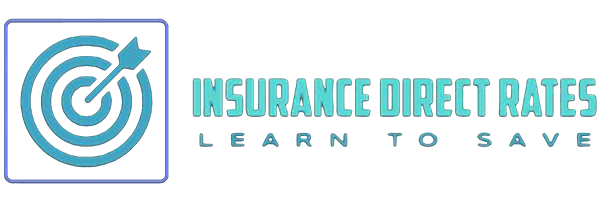Health Insurance Issues Facing 2025
The Future of Health Insurance Rates and Access to Care
Despite multiple reform attempts, the U.S. healthcare system continues to struggle with high costs, limited access to affordable health insurance, quality care, and inefficient delivery methods. However, upcoming policy deadlines, advancements in technology, and lessons learned from the COVID-19 pandemic provide a unique opportunity for meaningful change. With the expiration of enhanced ACA subsidies at the end of 2025, policymakers must take action to ensure affordability and accessibility for millions of Americans.
How Tax Policies Affect Health Insurance Costs
The federal tax code plays a major role in determining healthcare costs, influencing employer-sponsored insurance and health savings accounts. With the expiration of the individual tax provisions from the Tax Cuts and Jobs Act (TCJA) in 2025, there will be a sharp increase in health-related tax expenditures, rising by over $50 billion between 2025 and 2026. Congress may have the opportunity to implement tax policies that make healthcare more affordable, such as expanding deductions for out-of-pocket expenses or reforming health savings accounts.
ACA Premium Subsidies and Temporary Expansions
The American Rescue Plan of 2021 temporarily expanded ACA premium subsidies, increasing financial assistance and eligibility for higher-income families. These subsidies, extended by the Inflation Reduction Act (IRA), are set to expire in 2025. If not renewed, an estimated 5.6 million people could lose coverage. Instead of a blanket extension, policymakers may opt for more targeted reforms to reduce the federal deficit while ensuring healthcare remains accessible to those in need.
Challenges Facing Medicare’s Physician Payment System
Medicare’s payment system has long frustrated physicians, with multiple attempts at cost containment failing over the years. The Medicare Access and CHIP Reauthorization Act (MACRA) temporarily stabilized physician payments, but those adjustments are expiring. Without new reforms, physicians could face significant payment cuts, leading to concerns about the accessibility and quality of care for Medicare beneficiaries. Expanding Medicare Advantage plans and overhauling the Merit-Based Incentive Payment System could provide more sustainable solutions.
Prescription Drug Pricing Rules and Their Impact on Patients
The IRA introduced measures to control prescription drug prices in Medicare, capping price increases at inflation rates and requiring price negotiations for certain medications. While these efforts aim to lower costs for seniors, they could also discourage pharmaceutical companies from developing new treatments. The first round of negotiations in 2024 resulted in an average 22% price reduction—less than initial projections. Policymakers must carefully balance affordability with the need for continued innovation in drug development.
Real-Life Health Insurance Struggles
Athena’s Struggle with High Deductibles
Athena, a freelance graphic designer, has a high-deductible health plan. She rarely visits the doctor due to cost concerns, even when experiencing symptoms that need medical attention. If ACA subsidies expire, she may lose access to affordable coverage, leaving her financially vulnerable in case of a major medical event.
Piper’s Emergency Room Dilemma
Piper, a college student, suffered an unexpected medical emergency and was shocked by the hefty hospital bill. Despite being covered under her parents’ insurance, out-of-network charges left her family with thousands in medical debt. Transparent pricing policies could prevent such financial burdens.
Nancy’s Struggle with Prescription Costs
Nancy, a retired schoolteacher on Medicare, relies on daily medication to manage her chronic condition. Recent drug pricing negotiations helped lower her costs, but concerns about pharmaceutical innovation make her worry about the future availability of new treatments.
Dawn’s Unexpected Surgery Expenses
Dawn, a single mother, needed emergency surgery but found her plan’s coverage insufficient. She had to choose between delaying care and facing steep out-of-pocket costs. More consumer-friendly tax policies could make health savings accounts a more viable option for people like her.
How Insurance Direct Rates Helps Consumers
At Insurance Direct Rates, we understand the challenges people face when trying to find affordable and reliable health coverage. Our IDR Experts help consumers compare health insurance rates and educate them on different plan options, ensuring they get the best coverage for their needs. With access to a free insurance quote and the ability to compare rates insurance options in real-time, we make the process of finding and securing health coverage easy and stress-free.
A Critical Moment for Healthcare Reform
As 2025 approaches, lawmakers have a unique opportunity to reform the healthcare system, ensuring affordability and access for millions of Americans. Whether through tax policy adjustments, subsidy expansions, or physician payment reforms, the future of U.S. healthcare will depend on the decisions made in the coming months. For those seeking guidance in navigating these changes, platforms like Insurance Direct Rates provide valuable tools and expert support.
